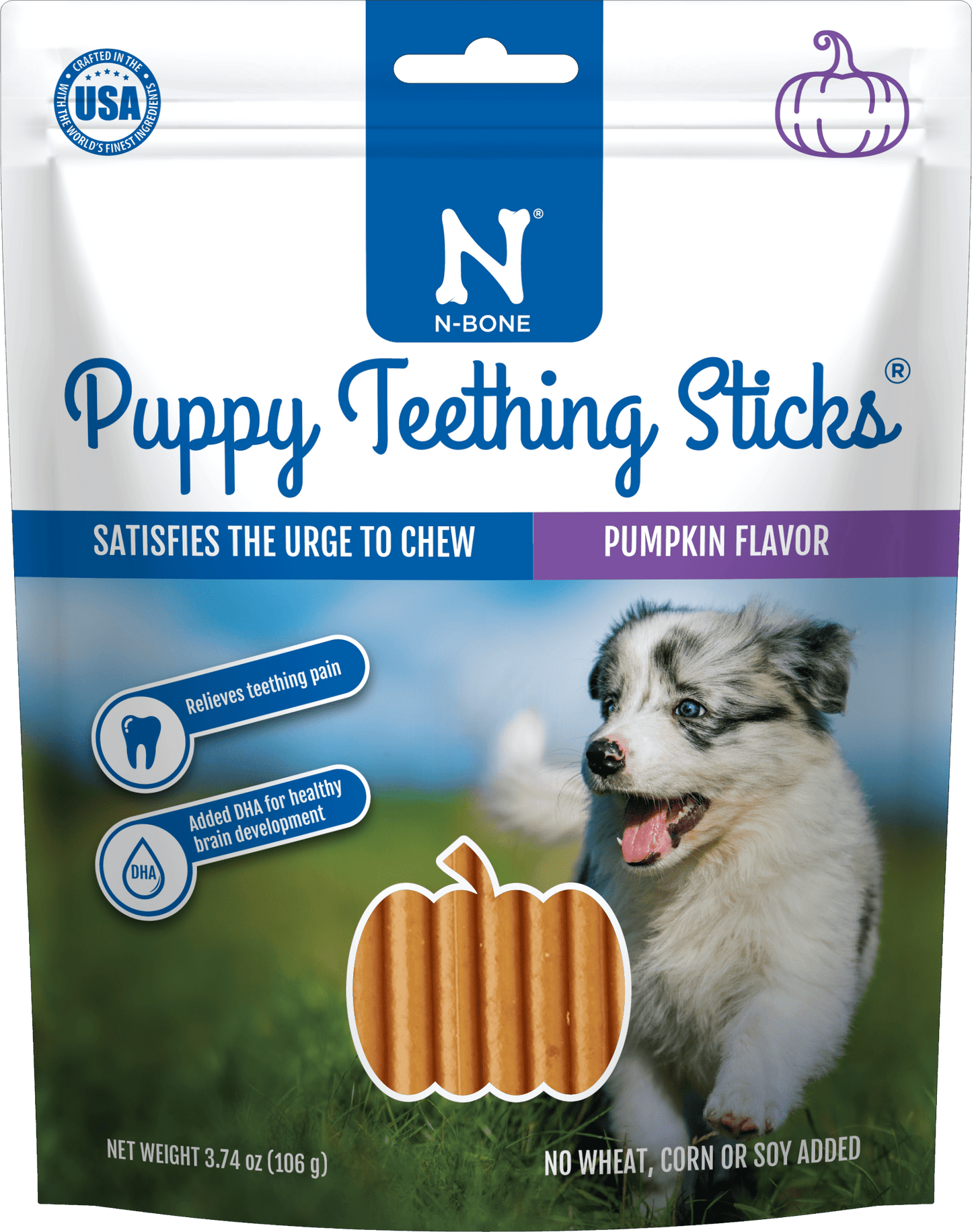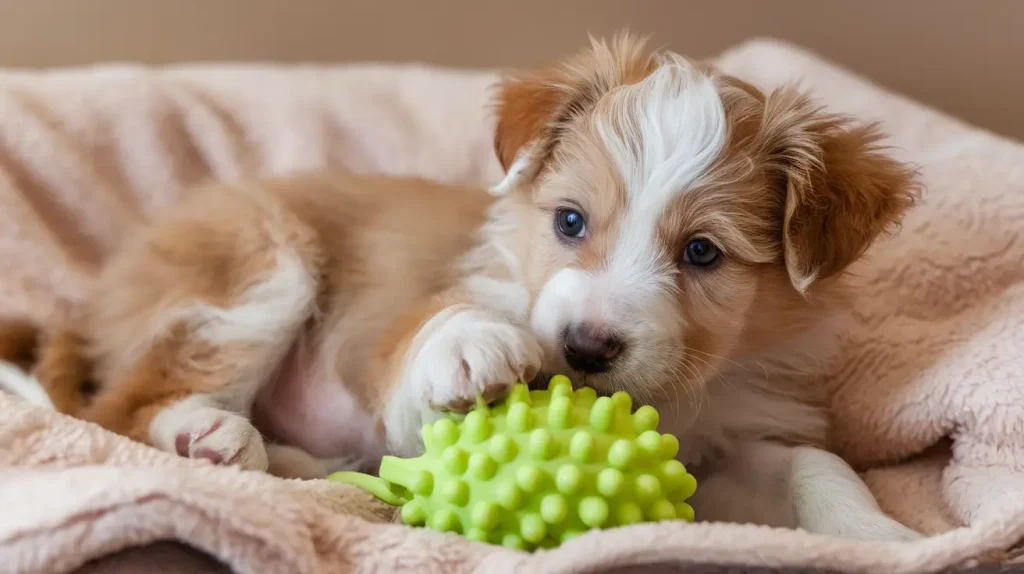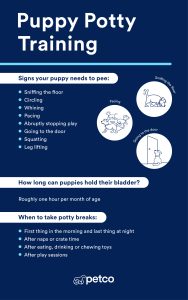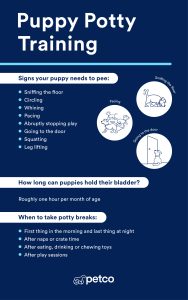Your puppy’s teething stage can be a challenging time for both of you. You might notice your furry friend chewing on everything in sight or acting restless and uncomfortable.
It’s tough to watch your puppy in discomfort, but understanding what’s happening and knowing how to help can make all the difference. You’ll discover easy and effective puppy teething tips that will soothe your pup and protect your belongings. Keep reading to learn how to turn this tricky phase into a smooth and even enjoyable experience for you and your puppy.
Signs Of Puppy Teething
Puppies start teething at about three weeks old. This process causes discomfort and changes in behavior. Knowing the signs helps you care for your puppy better.
Teething usually lasts until the puppy is six months old. During this time, watch for common signs that show your puppy is teething.
Common Behaviors
Puppies show certain behaviors when they are teething. These help relieve the pain in their gums.
- Chewing on furniture, toys, or shoes
- Increased biting during play
- Restlessness and trouble sleeping
- Drooling more than usual
- Showing frustration or irritability
Physical Symptoms
Teething can cause physical signs that you can easily notice in your puppy.
| Symptom | What to Look For |
| Swollen Gums | Red and puffy gum tissue |
| Loose Teeth | Teeth that wobble or fall out |
| Bleeding Gums | Small spots of blood on toys or bedding |
| Loss of Appetite | Eating less due to gum pain |
| Mild Fever | Temperature slightly above normal |
Safe Chewing Options
Puppies chew a lot when they are teething. Chewing helps ease their sore gums. It also keeps them busy and stops them from chewing wrong things.
Choosing safe chewing options is very important. It protects their teeth and prevents choking or swallowing harmful items.
Best Teething Toys
Teething toys are made to soothe a puppy’s gums. They come in different shapes and textures. Some can be frozen to cool the gums.
Look for toys made of safe materials that do not break easily. Avoid toys with small parts that your puppy can swallow.
- Rubber toys that are soft but durable
- Textured toys that massage the gums
- Frozen toys to reduce inflammation
- Rope toys that help clean teeth
Homemade Alternatives
You can make safe teething options at home. Use items that are clean and non-toxic. These alternatives can be cheap and easy to prepare.
Always watch your puppy while chewing homemade options to avoid any accidents. Replace any item that shows signs of breaking.
- Frozen wet washcloths for cooling relief
- Carrot sticks that are firm and safe
- Ice cubes for short chewing sessions
- Plain bagels or breadsticks in moderation
Soothing Techniques
Teething can be tough for puppies. It causes sore gums and discomfort. Using soothing techniques can help calm your puppy during this time.
Simple methods like cold treats and gentle massage ease pain and make your puppy feel better. These techniques support healthy teeth growth.
Cold Treats And Toys
Cold items reduce inflammation and numb sore gums. They provide relief and distract your puppy from discomfort.
- Chill wet washcloths for your puppy to chew on
- Freeze small, safe dog toys before giving them
- Offer frozen carrot sticks as a healthy treat
- Use ice cubes wrapped in a cloth for gentle chewing
Gentle Massage
Massaging your puppy’s gums helps reduce pain and improves blood flow. It also builds trust between you and your pet.
| Massage Technique | How to Do It | Benefits |
|---|---|---|
| Use clean finger | Rub gently in small circles on gums | Soothes soreness and reduces swelling |
| Apply soft pressure | Press lightly on inflamed spots | Relieves discomfort |
| Use a damp cloth | Massage gums with a warm, wet cloth | Provides comfort and cleans teeth |
Maintaining Oral Health
Taking care of your puppy’s teeth is very important. Healthy teeth help your puppy eat well and stay happy.
Good oral health can stop bad breath and prevent diseases. Start caring for your puppy’s teeth early.
Brushing Tips
Brush your puppy’s teeth gently every day. Use a soft brush made for dogs or a clean cloth.
Use toothpaste made for dogs. Human toothpaste can hurt your puppy. Start slow to help your puppy get used to brushing.
- Choose a small, soft toothbrush
- Use dog-safe toothpaste only
- Brush in small circles on front and back teeth
- Keep sessions short and calm
- Reward your puppy after brushing
Regular Vet Checks
Take your puppy to the vet for regular oral check-ups. The vet checks for signs of problems early.
Vets can clean your puppy’s teeth if needed. They also give advice on how to keep teeth healthy at home.
- Schedule dental exams twice a year
- Ask the vet about dental cleanings
- Report bad breath or bleeding gums
- Follow vet advice on oral care products
- Keep your puppy’s vaccinations up to date
Managing Biting And Nipping
Puppy teething can cause biting and nipping. Puppies use their mouths to explore and relieve discomfort.
It is important to teach your puppy good behavior early. This helps keep your hands and furniture safe.
Positive Reinforcement
Reward your puppy when they use their mouth gently. Praise and treats help puppies learn what is right.
Ignore biting behavior by stopping play. This shows your puppy that biting ends fun.
- Say “No” firmly but kindly when puppy bites.
- Give a chew toy and praise when puppy uses it.
- Offer treats for calm, gentle play.
- Stop attention if biting continues.
Redirecting Behavior
Give your puppy safe items to chew on. This helps relieve teething pain and stops biting you.
Change your puppy’s focus from your hands to toys. This teaches them what is okay to bite.
- Keep chew toys nearby during playtime.
- Offer toys when puppy starts to nip.
- Use toys that are safe and durable.
- Replace your hand with a toy gently but firmly.

Credit: npicpet.com
Feeding During Teething
Puppy teething is a crucial time for their development. Choosing the right food helps ease discomfort and supports growth.
Soft food options and proper hydration are key for puppies during this phase. Let’s explore these tips.
Soft Food Options
Soft foods are gentle on your puppy’s gums. They make eating less painful during teething.
- Wet puppy food
- Moistened dry kibble
- Mashed vegetables
- Soft-cooked meats
Hydration Tips
Staying hydrated is vital for puppies, especially during teething. Ensure they have access to fresh water always.
Consider adding a bit of water to their food to ensure extra hydration.
| Method | Benefit |
| Water in food | Extra hydration |
| Ice cubes | Soothe gums |
| Fresh water bowl | Easy access |
When To Seek Veterinary Help
Puppy teething can be a challenging time for both puppies and owners. It’s important to know when your puppy might need veterinary care.
While some discomfort is normal, certain signs indicate your puppy needs professional attention. Here are some signs to look out for.
Signs Of Infection
Puppy gums can become infected during teething. Watch for signs of infection to ensure your puppy stays healthy.
Redness, swelling, and pus are clear signs. Bad breath can also indicate an infection.
- Red or swollen gums
- Pus around the teeth
- Bad breath
Persistent Pain
Teething pain should not last too long. If your puppy is in pain for several days, seek help.
Look for signs like whimpering or reluctance to eat. These may indicate a problem.
- Whimpering frequently
- Not interested in food
- Pawing at the mouth

Credit: www.youtube.com

Credit: www.amazon.ca
Frequently Asked Questions
How Long Does Puppy Teething Usually Last?
Puppy teething typically lasts from 3 to 6 months. During this time, baby teeth fall out and adult teeth grow. Providing chew toys helps soothe discomfort. Monitoring dental health is important to prevent problems.
What Are The Best Teething Toys For Puppies?
The best teething toys are durable, safe, and chew-friendly. Rubber toys, frozen washcloths, and nylon bones soothe gums effectively. Avoid small or breakable toys to prevent choking hazards. Rotate toys to keep your puppy interested.
How Can I Relieve My Puppy’s Teething Pain?
To relieve teething pain, offer cold chew toys or ice cubes. Gently massaging the gums can also help. Avoid human painkillers; consult your vet for safe options. Providing distractions like playtime reduces discomfort and stress.
When Should I Start Training My Teething Puppy?
Begin training as soon as your puppy arrives home. Early training teaches bite inhibition and good chewing habits. Use positive reinforcement and consistent commands. Proper training reduces destructive chewing during teething phases.
Conclusion
Puppy teething can be tough for both pets and owners. Offering safe chew toys helps ease discomfort. Keep your puppy busy to prevent chewing on furniture. Regular vet visits ensure healthy teeth and gums. Patience and care make this phase easier to handle.
Enjoy this special time with your growing puppy. Good habits now lead to a happy, healthy dog later. Remember, teething ends, but your bond lasts forever.

Emily Barker is the founder of ChillDogLife.com, a space dedicated to helping pup parents discover the best dog products, lifestyle tips, and cozy ideas for happier homes.
A lifelong dog lover, Emily combines her passion for pets with a knack for research to share trusted recommendations on everything from toys and furniture to health and everyday care.
Her goal is simple: to make life easier, stylish, and more joyful for dogs and the people who love them.







